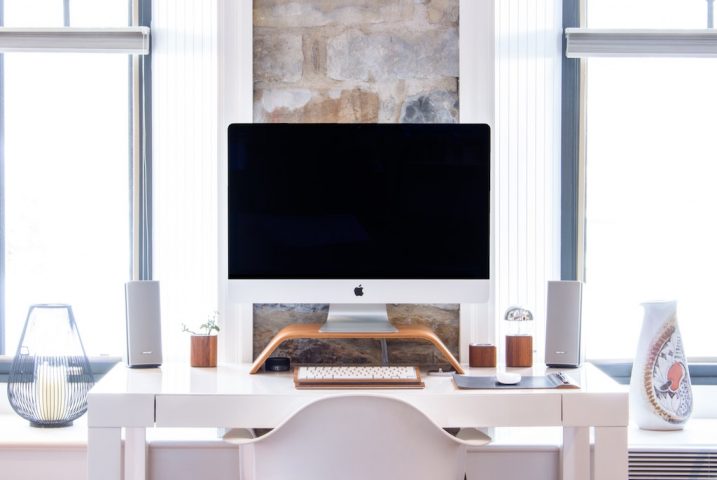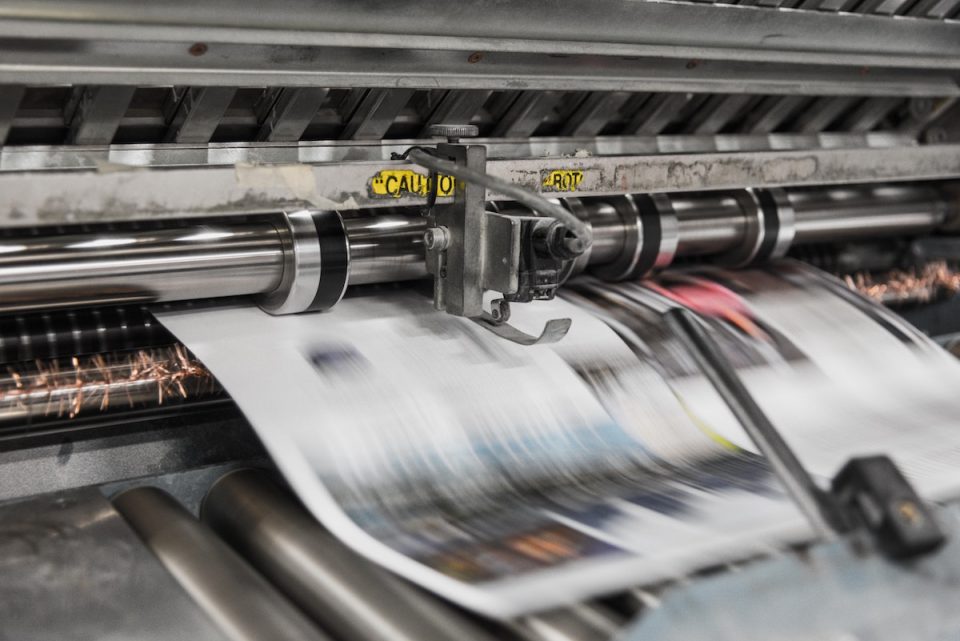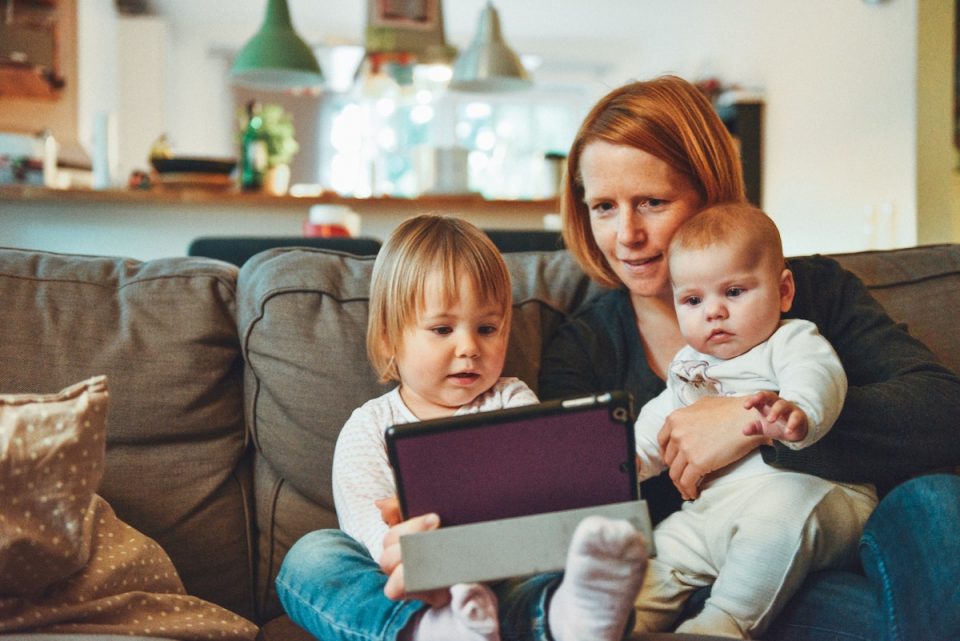Office Design after COVID-19

8 Tips on how to project management remotely
May 22, 2020
How Paper Helps Us Keep Focus at Work
May 28, 2020
In many countries around the world, societies are slowly and cautiously emerging from lockdown. But the world will never be quite the same again… and neither will our work and office spaces.
As world leaders from Angela Merkel to New York governor Andrew Cuomo have repeatedly advised, we will be in this state of lockdown – albeit with wavering degrees of severity – for some time.
Both leaders have borrowed that famous Churchill quote: this is not the beginning of the end, this is just the end of the beginning.
Emerging from the shadow of COVID-19
Here, at the beginning, it is difficult to imagine what the world will look like when we finally emerge from the shadow of the pandemic.
Environmentalists and social progressives have argued that the crisis offers an opportunity to reshape the world as we know it. There can be no return to “business as usual”, they say.
But it is likely that even “business as usual” itself won’t be “business as usual”.
The Wall Street Journal has already reported that the “coronavirus-triggered downturn could cost five million U.S. jobs.” And Forbes has warned of “serious repercussions for millions of Americans. The tragic result will be that businesses will go bankrupt and millions of Americans will lose their jobs.”
For those who have a job to return to, the likelihood is that it will be very different. The Financial Times reports, “Governments are beginning to discuss ways to reopen economies but massive investments and difficult choices lie ahead.”
Changing the way we work: How will COVID-19 affect office design?
While Government exit strategies focus on testing and tracing and the vital work towards a potential vaccine, property owners and managers responsible for workers’ health and safety are being forced to consider a new way of working and the impact this will have on office design.
Business Optimizer considers some of the strategies for aiding a return to the office environment.
#1. More working from home
The most obvious change will be an increase in remote working.
Even if governments tell people to come back to work, many people will not want to return to the office. For some, fear will prevent them from returning. For others, the experience of working from home will be one they do not want to let go.
For individuals, the benefits of avoiding the commute, an improved work-life balance, the environmental benefits, and the improvements to overall productivity might be difficult to say goodbye to.
For companies too, the new working from home norm that has prevailed over the last few months also offers many benefits. Now that systems are in place to facilitate home working a huge barrier has been removed and the possibilities for reducing overheads by continuing to support home working are compelling.
#2. Desks will get bigger
Social distancing measures are likely to remain in place for some time. This will affect the desk space employees will require.
In the short term, companies have reduced the number of workers using office space at any one time and alternated the use of desk space in order to create the requisite gap between workers.
Longer-term, a change to the way office space is furnished is likely to evolve, says Arjun Kaicker, head of analytics and insights at Zaha Hadid Architects.
He told the Guardian: “Office desks have shrunk over the years, from 1.8m to 1.6m to now 1.4m and less, but I think we’ll see a reversal of that, as people won’t want to sit so close together.” Kaicker thinks legislation might be introduced to mandate a minimum area per person in offices, as well as a reduction in maximum occupancy for lifts and larger lobbies to minimize overcrowding.
#3. More video conferencing
As people have got used to the new ways of working throughout the first stages of the Coronavirus pandemic, they have experienced for themselves the benefits of new ways of working.
Nowhere has this been more evident than in the ubiquity of video conferencing.
A reduction in the number of face-to-face meetings is a win-win for companies and staff: helping to save on travel costs, reduce business risk and duty of care considerations, and to achieve a better work-life balance.
Meeting rooms might then be repurposed to offer private rooms for deep working.
#4. A move away from open plan design
David Dewane of the Chicagoan architect practice Barker Nestor told Architectural Digest that open-plan offices were on the decline even before COVID-19.
Instead, he advocates “deep-work chambers”. Dewane hopes that workplace leaders will learn from the current need for virtual working and adopt the best bits to create office spaces that allow for a balance of isolated concentration and productive, meaningful collaboration.
#5. Contactless pathways through communal areas
Wider corridors and doorways will be a feature of updated office layouts, in order to facilitate social distancing.
The World Economic Forum identifies the Bee’ah waste management company HQ in Sharjah, UAE, designed by Zaha Hadid Architects, as offering a glimpse of the future: “It is packed with what ZHA calls ‘contactless pathways’, whereby employees rarely need to touch the building with their hands. Office doors open automatically using motion sensors and facial recognition, while lifts – and even a coffee – can be ordered from a smartphone.”
#6. New cleaning regimes will be introduced
Office owners will need to introduce enhanced cleaning regimes to minimize the risk of transmission. Some commentators have suggested UV cleaning could be introduced to some facilities.
For the majority, it will simply mean extra cleaning rotations throughout the day. Plus the addition of (motion activated) hand sanitizer dispensing stations at regular intervals throughout the building.
#7. Changing materials
The World Health Organisation has said that the Coronavirus stays active for different lengths of time on different surfaces. While it can remain on plastic surfaces for several days, it does not remain active on cardboard for long. Surprisingly, it lasts the least amount of time on copper.
This may play into the sorts of materials that are used when fitting out offices.
Architectural Digest quotes Craig Scully, partner and chief engineer at Design Collaborative, an architectural firm in Fort Wayne, Indiana, who says designers will increasingly call on antibacterial fabrics and finishes, including those that already exist – like copper – and those that will inevitably be developed.
“If five years ago I had a conversation with a convention center about implementing those materials, they might not want to spend the money, but today that’s likely to be a totally different story,” Scully said.
#8. An overhaul of ventilation systems
Recirculating air around buildings creates the perfect conditions for the virus to spread. And filtering won’t remove the virus particles.
Existing A/C will need to be adapted to increase the exchange of air and to ensure building occupants are breathing in fresh air from outside the building – not sharing the virus.
Windows will need to be adapted to allow them to be opened.
For new buildings, natural ventilation design principles, such as building around tree-filled courtyards to maximize access to fresh air, windows, and natural light, offer a better solution.
While this will require buildings to have a larger footprint, it will deliver operational cost savings and energy efficiency by eliminating the need for power-hungry A/C systems.
Understanding how office layout and the way workers used shared spaces will play a vital role in helping us all go back to work. Only time will tell what effect this pandemic will have on our office life over the long term.
However, in the short term, we will perhaps see some of the solutions above being implemented. And many of them will have human and environmental health benefits that go beyond Covid-19.




